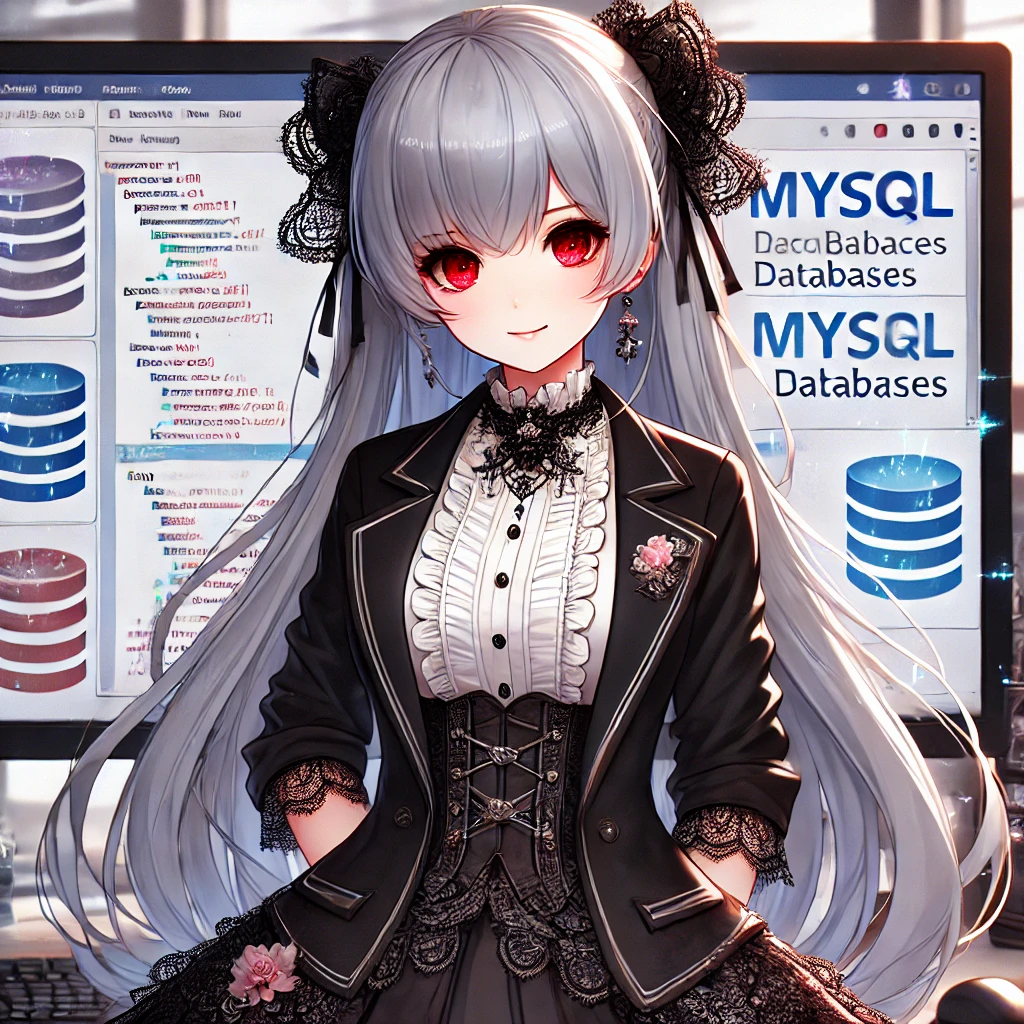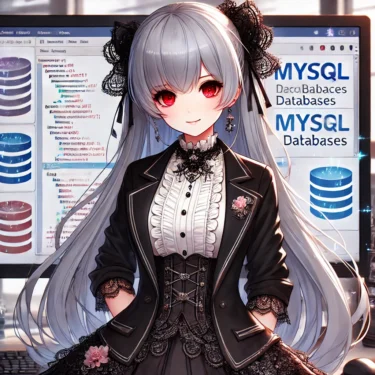1. Introduction
MySQL is a widely used open-source database management system across the globe. It’s an indispensable tool for web and application development, enabling efficient data storage, management, and retrieval. When logging into MySQL, it’s crucial to balance security with ease of use. This article covers a wide range of topics, from basic MySQL login methods and security best practices to using GUI tools, login procedures in development environments, and troubleshooting common issues.
2. Basic MySQL Login Methods
2.1 Logging In from the Command Line
Logging into MySQL is straightforward from the command line. You can log into your local MySQL instance using the following command:
mysql -u username -pAfter entering this command, you’ll be prompted to enter your password. Once you’ve entered the correct password, you’ll gain access to the MySQL command line. To connect to an external server, use the -h option to specify the hostname or IP address:
mysql -u username -p -h hostname2.2 Setting Up Users and Passwords
MySQL manages access using usernames and passwords. Typically, the root user is set up first, and initial connections are made using this user.
mysql -u root -pTo ensure password security, it’s recommended not to type the password directly after the -p option. For instance, entering -pmypass will display your password in plain text, posing a security risk. Therefore, it’s best to use only -p and enter your password when prompted.

3. Best Practices for Secure Login
3.1 Password Protection
Protecting your password is of paramount importance when logging into MySQL. When entering your password via the command line, avoid including it directly in the command. Instead, use the -p option to ensure it remains hidden during input. Additionally, it’s essential to set strong, hard-to-guess passwords and change them regularly.
3.2 User Privilege Management
MySQL allows for granular control over user access privileges. The default root user has full privileges, so it’s recommended to use users with restricted privileges for regular operations. For example, creating read-only users for a database or users with access limited to specific tables can significantly enhance security.
4. Logging Into MySQL Using GUI Tools
4.1 phpMyAdmin
phpMyAdmin is a popular tool that allows you to manage MySQL directly from your web browser. Its intuitive interface lets you perform database and table operations without writing SQL queries. To log in, simply access the phpMyAdmin URL in your web browser and enter your username and password.
4.2 MySQL Workbench
MySQL Workbench is an integrated tool designed for MySQL design, development, and administration. It’s a powerful and versatile tool offering features like visual design and data modeling, available on Windows, Mac, and Linux. To log into MySQL using MySQL Workbench, simply enter the host, username, and password in the connection settings and click the connect button.

5. MySQL Login in Development Environments
5.1 MySQL Connection with Laravel
In frameworks like Laravel, MySQL connection information is configured in the .env file. By setting it up as follows, Laravel will establish a connection to MySQL:
DB_CONNECTION=mysql
DB_HOST=127.0.0.1
DB_PORT=3306
DB_DATABASE=your_database_name
DB_USERNAME=your_username
DB_PASSWORD=your_passwordAfterward, executing the php artisan migrate command will enable the Laravel-MySQL connection.
5.2 MySQL Connection with Ruby on Rails
In Ruby on Rails, connection details are specified in the config/database.yml file. Set it up as shown below to connect to MySQL:
default: &default
adapter: mysql2
encoding: utf8mb4
pool: 5
username: your_username
password: your_password
host: localhost
development:
<<: *default
database: your_database_nameThis configuration will enable your Rails application to connect to MySQL.
6. MySQL Login Troubleshooting
6.1 Common Error Messages
A common error encountered when logging into MySQL is “Access denied for user ‘username’@’hostname'”. This error occurs when the username or password is incorrect, or access from the specified host is not permitted. First, verify your username and password, and then check if the appropriate privileges are set.
6.2 Checking Permissions and Settings
If you fail to log into MySQL, you’ll need to check the user’s permissions and the MySQL server settings. You can grant necessary privileges to users using the GRANT statement. Additionally, examine the user table within the mysql database to ensure that the correct host and username are configured.
7. Conclusion
Logging into MySQL is a fundamental operation for database management. There are numerous methods and considerations, from basic command-line logins and using GUI tools to connecting in development environments and implementing security best practices. By understanding proper login methods and security measures, you can ensure safe and efficient database management.



